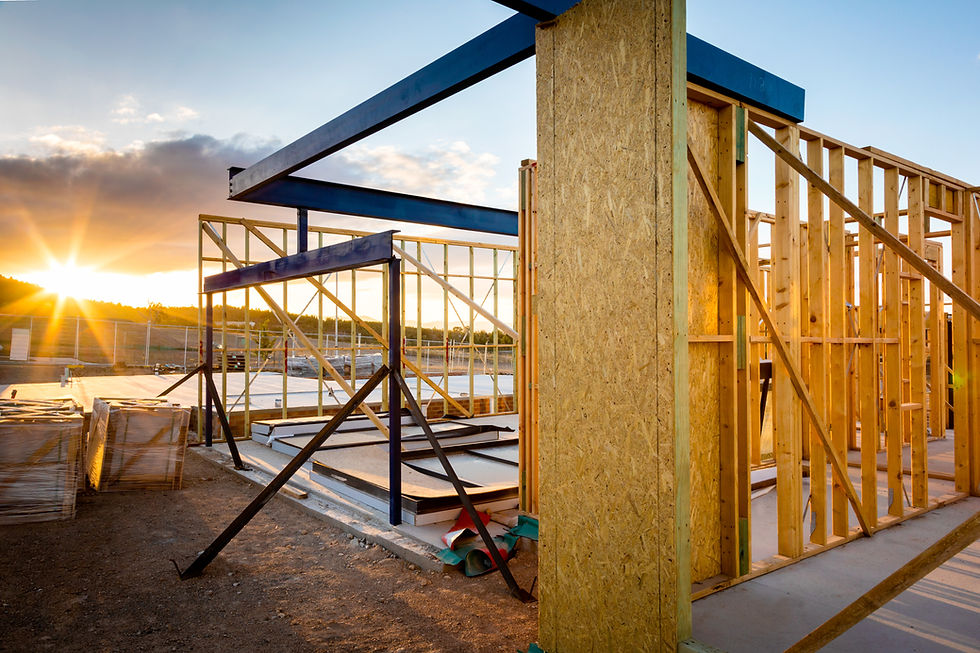Real Estate Development: From Concept to Construction
- Manach

- Apr 17, 2024
- 3 min read
Updated: Feb 28
Real estate development is a multifaceted process that transforms raw land or existing properties into thriving residential, commercial, or mixed-use developments. From conceptualization and planning to construction and completion, each stage of the development journey requires careful consideration, strategic decision-making, and meticulous execution. In this blog post, we'll take a comprehensive look at the journey of real estate development, from concept to construction, and explore the key steps involved in bringing a development project to fruition.

Before we delve into the discussion, take a moment to explore an insightful blog post on Unlocking the Potential of Fixer-Uppers: A Guide to Renovation Investments. Understanding the principles of renovation investments provides valuable insights into the strategies and tactics for maximizing returns in real estate development.
Conception and Feasibility Analysis: The development journey begins with the conception of an idea or vision for a new project. Developers conduct feasibility analyses to assess the viability of the project, considering factors such as market demand, site location, zoning regulations, environmental impact, and financial feasibility. This stage involves extensive research and due diligence to determine the project's potential for success.
Site Acquisition and Due Diligence: Once the feasibility of the project has been established, developers move forward with site acquisition. This involves identifying suitable parcels of land or existing properties that align with the project's objectives and negotiating purchase agreements. Thorough due diligence is conducted to assess the site's suitability, including environmental assessments, soil testing, and zoning compliance reviews.

Design and Planning: The design and planning phase is where the vision for the project begins to take shape. Developers work closely with architects, engineers, and other design professionals to create conceptual designs, site plans, and architectural drawings. Considerations include building aesthetics, functionality, sustainability, and compliance with local building codes and regulations.
Obtaining Approvals and Permits: Securing necessary approvals and permits from local government authorities is a critical step in the development process. This may include rezoning applications, development permits, building permits, environmental approvals, and other regulatory clearances. Developers must navigate through the bureaucratic process and address any concerns or objections from stakeholders.
Financing and Capitalization: Real estate development projects require significant financial investment, including land acquisition costs, construction expenses, and carrying costs. Developers secure financing through various sources, such as bank loans, private investors, equity partnerships, or crowdfunding platforms. Capitalization structures are carefully crafted to align with the project's financial requirements and risk profile.

%20(1).jpg)

Comments